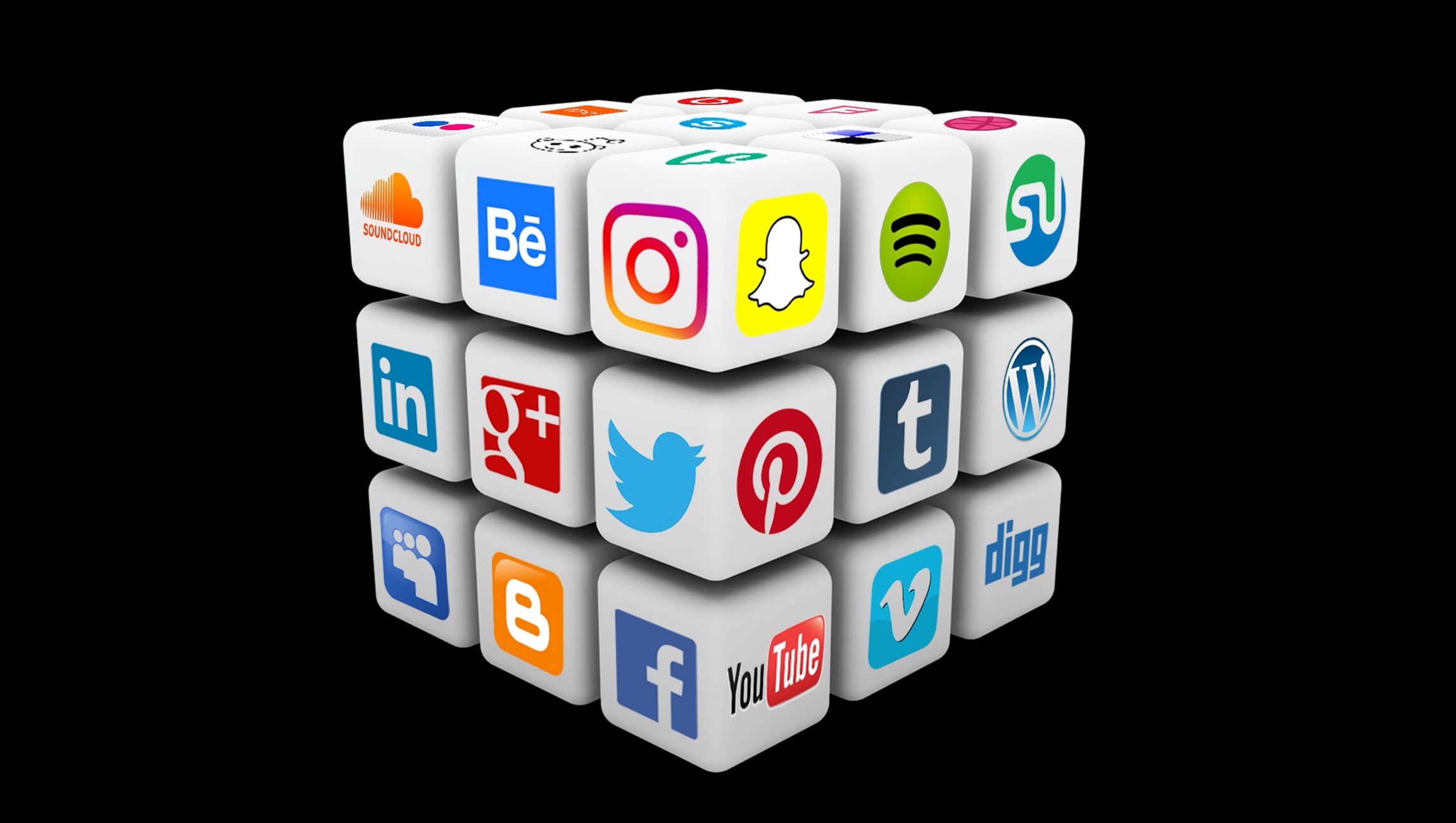 Social media has proven itself as a great means of attracting consumer attention. But as our collective use of social media continues to evolve, it can mean so much more to businesses than just advertising. One aspect, that is quickly becoming an essential tool for sales teams, is Social Selling. Social Selling, in the right hands, can bring unprecedented opportunities for connecting and engaging decision makers.
Social media has proven itself as a great means of attracting consumer attention. But as our collective use of social media continues to evolve, it can mean so much more to businesses than just advertising. One aspect, that is quickly becoming an essential tool for sales teams, is Social Selling. Social Selling, in the right hands, can bring unprecedented opportunities for connecting and engaging decision makers.
For the most part, companies are beginning to wise-up to Social Selling.Forty-nine percent of B2B enterprises have developed a formal social selling programme, and 28% are in the process of doing so. But for those that have yet to formalize a Social Selling programme, it can be tough to understand what it is, and how can it benefit your business.
Let’s face the honest truth to begin with: apart from the odd exception, the days of wining and dining a business prospect are over. Of course, sales teams will always nurture relationships – that’s the beauty of the profession; but in our time-constrained world, it’s no longer just about meeting someone at the pub to see if you can eventually forge a deal.
Social Selling brings this relationship building into the modern era, by forging those initial bonds through social connections and networks, over time building rapport and trust to ultimately impact buying decisions. It’s about understanding buyers needs and having an active dialogue, becoming the defacto resource for information that leads to a buyer’s trust and buying power.
Reading Into Buying Signals
A good salesperson, or marketer, knows a customer’s needs before the customer does. Social media has opened up a world of opportunity when it comes to tracking every like, dislike, milestone, motivation and preference. Because of this, identifying pain points and buying signals can be a far more simplified process, but even before that opportunity begins social sellers, data in hand, have the ability to meaningfully place themselves in the prospect’s world. Further down the line, once a level of confidence and trust has been developed, they can then begin to influence purchasing decisions.
Time to Connect
Let’s say a potential customer looks at your LinkedIn profile. While this may seem like a signal for the salesperson to reach out and connect with that customer to attempt to build a sales lead, how would a Social Seller react?
First, it’s time to do some research. By looking at this person’s social channels, you can build a fairly accurate picture of their needs, desires, and interests. What are they tweeting about? What are they sharing on LinkedIn? What could have led them to your profile in the first place?
With this information at hand, there is an opportunity to begin to interact with these posts to get their attention. Perhaps you have a blog post pertaining to a problem or issue they’ve shared, or can lead them to a solution.If you receive an interaction in return, as a salesperson you know that you’re no longer interrupting them and it’s time to connect. Social Selling is about listening – understand enough about the prospect for you to appear to be the obvious choice.
Life’s a Pitch
The biggest mistake new Social Sellers will make is to go straight in with a pitch. You want to add value to this newly-formed relationship so that you get to the point where this person is coming to you for information. Always add value in excess of whatever you are asking for in return.
It’s about knowing enough about the prospect to gauge the relationship, and taking the conversation offline when it’s ready – this is usually a longer timeframe than other traditional sales channels, but it generates long-term rewards.
Begin by thinking about what you as a customer would be looking for from someone in your position. Share relevant news and updates on your own channels and start positioning yourself as an industry expert, a voice that people can begin to trust and value… The last thing you want is for people to unfollow or disconnect, so take the time to think about what you’re pushing out – and what it means to those you want to engage with.
Social media is not your sales platform, it’s a means of creating relationships with your customers. Strong salespeople are already in the game of building and maintaining relationships, so this avenue is just one more means of accomplishing this. Get to know the rules around this ever-evolving form of communication and the dreaded cold call can be a thing of the past.



